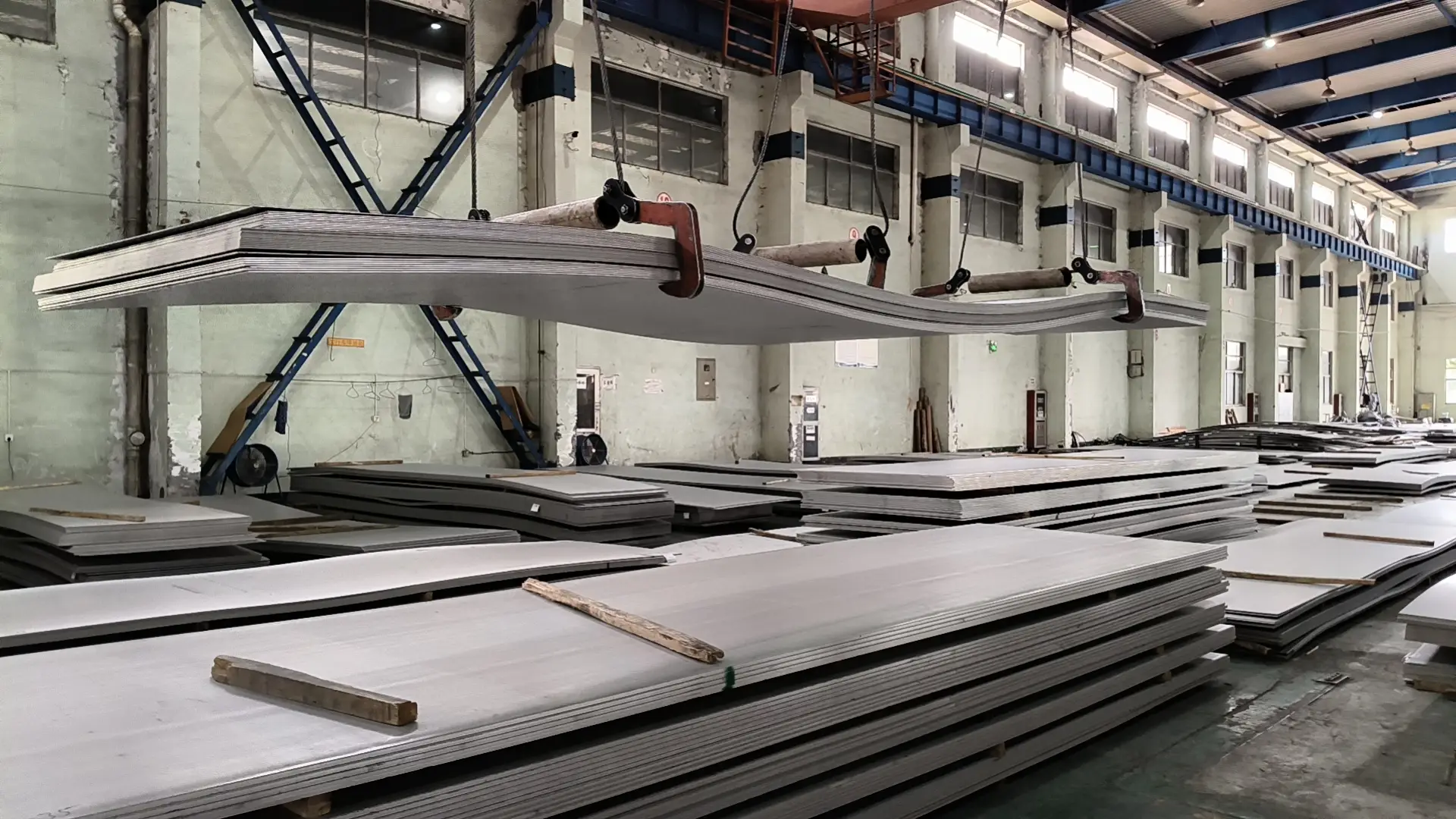304 stainless steel sheet and coil
304 stainless steel grades: 0Cr18Ni9 (0Cr19Ni9) 06Cr19Ni9 S30408
Chemical composition: C: ≤0.08, Si: ≤1.0 Mn: ≤2.0, Cr: 18.0~20.0, Ni: 8.0~10.5, S: ≤0.03, P: ≤0.035 N≤0.1.
Compared with 304L
304L is more corrosion resistant and contains less carbon.
304 is widely used and has good corrosion resistance, heat resistance, low temperature strength and mechanical properties; it has good hot processing properties such as stamping and bending, and no heat treatment hardening phenomenon (non-magnetic, use temperature -196°C~800°C).
After welding or stress relief, 304L has excellent resistance to intergranular corrosion; it can also maintain good corrosion resistance without heat treatment, and the operating temperature is -196°C-800°C.
Basic situation
According to the manufacturing method, it is divided into hot rolling and cold rolling, and according to the organizational characteristics of the steel type, it is divided into 5 categories: austenite, austenite-ferrite, ferrite, martensite, precipitation hardening. It is required to withstand the corrosion of various acids such as oxalic acid, sulfuric acid-ferrous sulfate, nitric acid, nitric acid-hydrofluoric acid, sulfuric acid-copper sulfate, phosphoric acid, formic acid, acetic acid, etc. It is widely used in industries such as chemical industry, food, medicine, papermaking, petroleum, atomic energy, as well as various parts of construction, kitchen utensils, tableware, vehicles, and household appliances.
The surface of stainless steel plate is smooth, with high plasticity, toughness and mechanical strength, and is resistant to corrosion by acids, alkaline gases, solutions and other media. It is an alloy steel that is not easy to rust, but it is not absolutely rust-free.
Stainless steel plates are divided into hot-rolled and cold-rolled according to the manufacturing method, including thin cold plates with a thickness of 0.02-4 mm and medium and thick plates with a thickness of 4.5-100 mm.
In order to ensure that the mechanical properties of various stainless steel plates such as yield strength, tensile strength, elongation and hardness meet the requirements, the steel plates must undergo annealing, solution treatment, aging treatment and other heat treatments before delivery. 05.10 88.57.29.38 Special symbols
The corrosion resistance of stainless steel mainly depends on its alloy composition (chromium, nickel, titanium, silicon, aluminum, etc.) and internal organizational structure, and the main role is played by chromium. Chromium has high chemical stability and can form a passivation film on the steel surface to isolate the metal from the outside world, protect the steel plate from oxidation, and increase the corrosion resistance of the steel plate. After the passivation film is damaged, the corrosion resistance decreases.
National standard properties
Tensile strength (Mpa) 520
Yield strength (Mpa) 205-210
Elongation (%) 40%
Hardness HB187 HRB90 HV200
Density of 304 stainless steel 7.93 g/cm3 Austenitic stainless steel generally uses this value 304 chromium content (%) 17.00-19.00, nickel content (%) 8.00-10.00, 304 is equivalent to my country’s 0Cr19Ni9 (0Cr18Ni9) stainless steel
304 stainless steel is a universal stainless steel material with stronger rust resistance than 200 series stainless steel materials. It is also better in high temperature resistance.
304 stainless steel has excellent stainless corrosion resistance and good intergranular corrosion resistance.
For oxidizing acid, the experiment shows that: in nitric acid below the boiling temperature with a concentration of ≤65%, 304 stainless steel has strong corrosion resistance. It also has good corrosion resistance to alkaline solutions and most organic and inorganic acids.
Post time: Jan-21-2025
